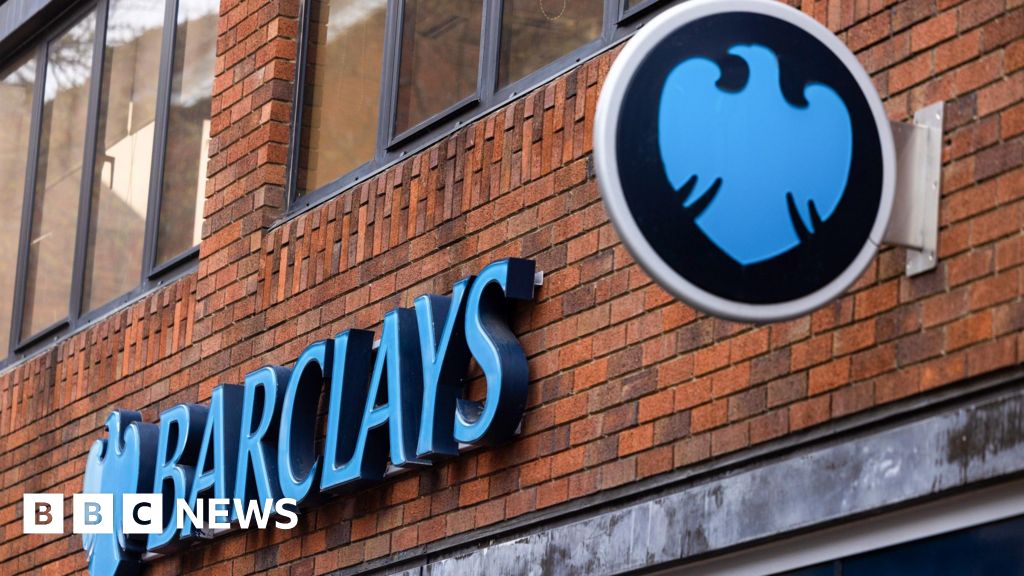One of the major goals of brands is to create loyal customers. CMOs aspire to have fans who are passionate in favor of their brands. After all brand fans will not only pay a small premium for their beloved brand but they create word-of-mouth as well as word-of-mouse (online ratings, reviews and commentary).
No matter the metric, consumer loyalty is important for every brand and can make or break a … [+]
getty
While it may sound easy, ensuring consumers continue to return to one company isn’t a walk in the park, and defining customer loyalty changes depending on perspective. When I attended the CRMC conference, I visited with some of the world’s largest brands about loyalty. In my conversations, it became clear that loyalty isn’t thought of as a single objective for most brands – there’s more ways to measure loyalty than just how much a consumer returns to a brand.
“Loyalty is much bigger than frequency,” said Jenna O’Connor, Director of Loyalty Marketing at GNC. “Loyalty is about engagement, about interactions, about connections – and it’s about being rewarded for those engagements and connections. It goes far beyond the transaction. To me, that’s truly what loyalty is: rewarding engagement.”
O’Connor told me about how GNC is evolving to be a leader in more than just the nutritional supplement space and, as of July, is offering its pro members – the paid tier of GNC’s loyalty program – access to zero cost virtual telehealth care and zero cost subscriptions – with no co-pay or insurance for $39.99 per year. Even if they’re not frequent customers, the engagement will pay off.
“Pro can be for those high GNC advocates and shoppers that get the value based on the program design, but now it can be for someone that doesn’t necessarily shop with us all that often but really just needs an affordable healthcare solution like this.”
Stephanie Meltzer-Paul, EVP of Global Loyalty at Mastercard, emphasized the range of how loyalty can be defined.
“Frequency is one indication of loyalty, but it can also be one in terms of just sheer preference,” she said. “In a case where you have multiple brands to choose from, which one are you actually going to first?”
That wasn’t the only question she raised when thinking about measuring loyalty:
- “Does the brand get my spending power?”
- “When I’m choosing to spend at that brand, how much am I choosing to spend there?”
- “How much am I talking about that brand?”
According to Constant Contact, repeat customers spend 67% more money on a brand than new customers, which – for some companies – is more important that recruiting new customers. It costs six to seven times more to acquire new customers than retain current customers, per Hubspot.
“Loyalty comes in a lot of different forms,” Meltzer-Paul added. “That’s why it’s important that brands don’t just think of one metric.”
This is especially true in industries where frequency isn’t easy to come by.
Take Valvoline as an example. Valvoline’s customers don’t need to come back every day – or even every month – to buy its services, and the same consumers’ spend is usually only based on what their car needs.
“This notion of loyalty is not so much about what you’re earning with every single visit, but it’s about the experience you get and the consistency in which that experience is delivered,” said Jake Lestan, Senior Director of Marketing and Consumer Engagement at Valvoline.
No matter the metric, consumer loyalty is important for every brand and can make or break a business. Companies need to tap into their customer journeys to highlight what loyalty should look like for the brand overall – whether that’s frequency, spend, referrals, etc. – and target the consumers that reflect that goal.
Credit: Source link











